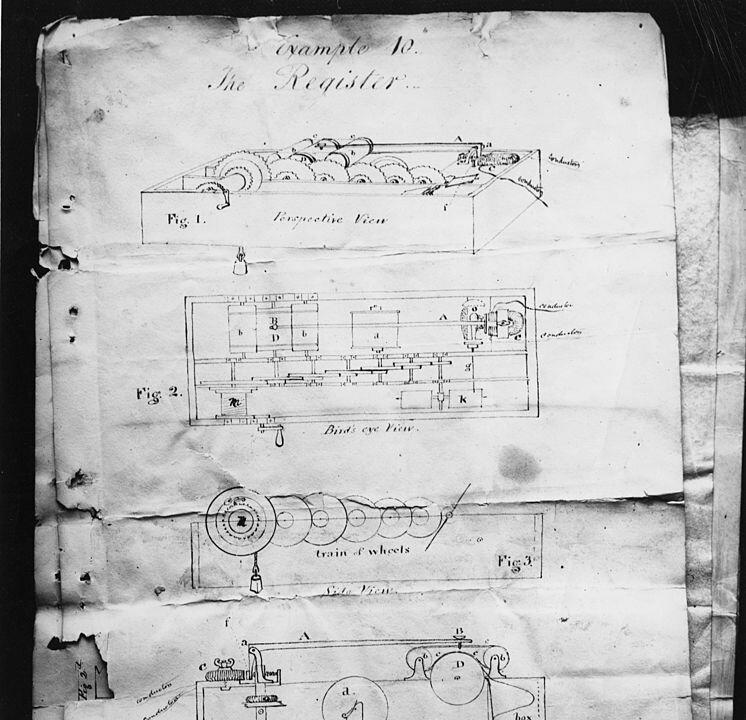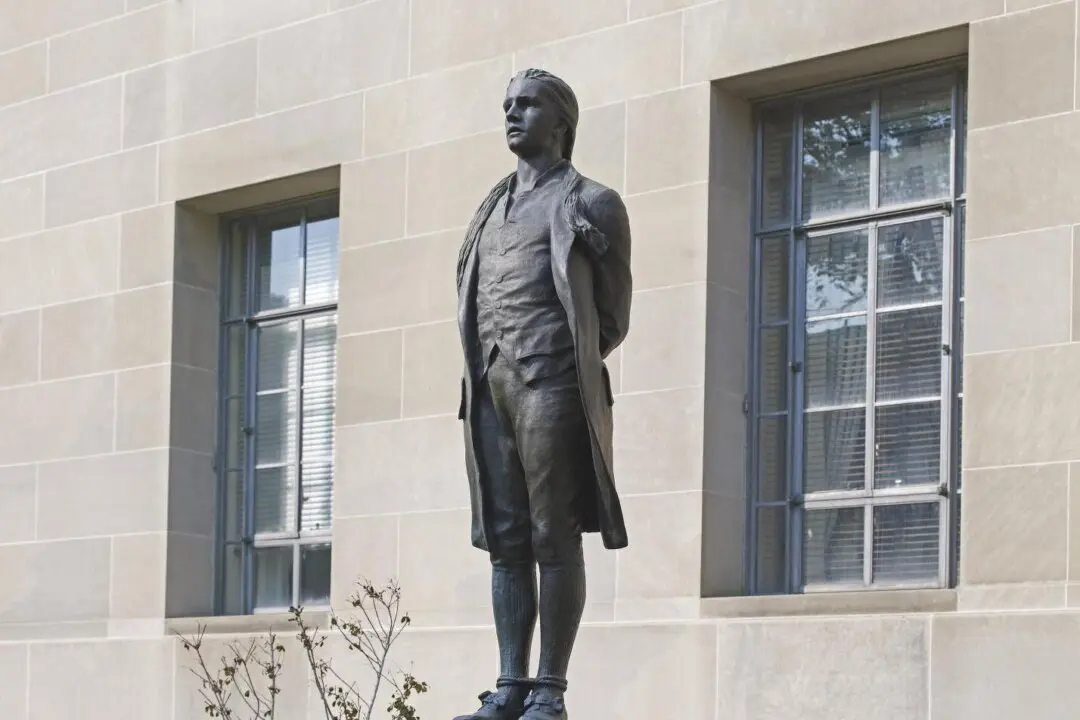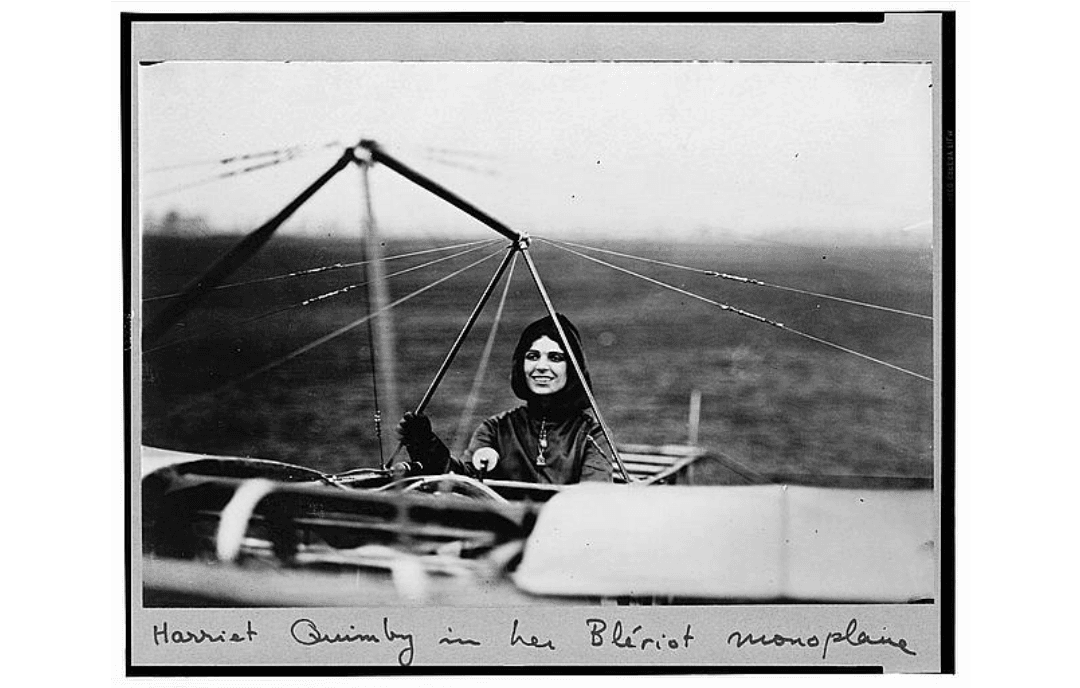No mortal being knows tomorrow as well as he knows yesterday, but that doesn’t stop very many from predicting the future anyway—sometimes suggesting a measure of scientific precision by offering excruciating detail. Nobody knows what 2023’s GDP growth will be, nor what the temperature will be on Christmas Day in Chicago, but you can bet that plenty of people will be happy to throw some numbers at you.
Every time government officials choose to subsidize an industry or handicap another, they pretend to know more about the future than they really do. Economists call it “picking winners and losers,” and it notoriously flops. And why should we expect otherwise? People who invest their own money, and have every incentive to invest it well, frequently make mistakes. People who gamble with other people’s money and bear few if any consequences for error will surely make even more mistakes. This is not rocket science.






